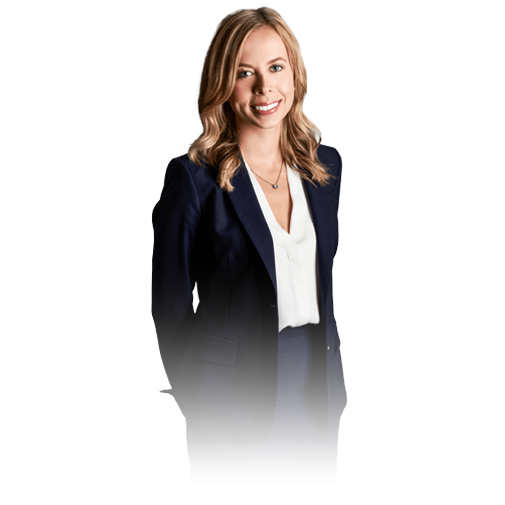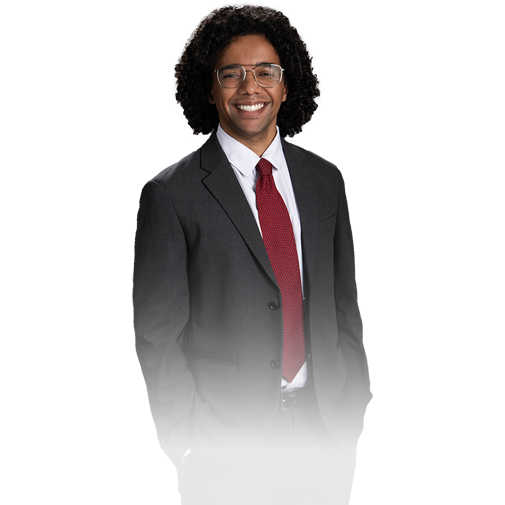An important decision on the scope of admissible expert evidence was released by the Ontario Court of Appeal today in two related cases: Westerhof v. Estate of William Gee, and McCallum v. Baker. In both cases, the plaintiff allegedly sustained injuries as a result of a motor vehicle accident; both went to trial on the issues of causation and damages, as liability had already been admitted by the defence. As well, both cases were tried after the 2010 amendments to the Rules of Civil Procedure, and both therefore addressed Rule 53.03, which is aimed at ensuring the neutrality of expert witnesses, and adequate disclosure of the basis for their opinions.
The Westerhof case specifically dealt with the issue of whether Rule 53.03 applies only to experts described in Rule 4.1.01 and Form 53 (i.e., experts “engaged by or on behalf of a party to provide [opinion] evidence in relation to a proceeding”), or to other groups of experts as well. The Court of Appeal referred to the experts described in Rule 4.1.01 as “litigation experts”. In determining who else may be included in Rule 53, the Court asked if the rule applies more broadly to “participant experts” such as treating physicians, and to “non-party experts” such as experts retained by a statutory accident benefit insurer.
At first instance, the trial judge in Westerhof ruled that opinion evidence concerning the history, diagnosis and prognosis to be elicited from various medical practitioners who were either “participant experts” or “non-party experts” was inadmissible because they had not complied with Rule 53. Further, the trial judge ruled that Dr. Rathbone, a bonefide “litigation expert” as a Rule 53-compliant neurologist, could not refer to diagnoses made by a “participant expert” (the family doctor), nor could the family doctor’s clinical notes and records be filed as an exhibit. Although the Plaintiff was awarded damages by the jury ($22,000 for general damages, and $13,000 loss of income), the trial judge ruled that the Plaintiff did not meet verbal threshold as prescribed by s.267.5(5) of the Insurance Act, R.S.O. 1990, c.I.8.
The Plaintiff appealed to Divisional Court on the basis that the trial judge failed to distinguish between opinion evidence proffered by litigation experts, and opinion evidence that was derived from participant experts and non-party experts. The Plaintiff argued that the latter two types of expert witnesses were not caught by Rule 53.03.
The Divisional Court dismissed the appeal, holding that the critical factor concerning admissibility is not the involvement of the witness, but the type of evidence sought to be admitted: if the evidence at issue is opinion evidence, then Rule 53.03 compliance is required; if the evidence at issue is factual evidence, then compliance with Rule 53.03 is not required.
The Court of Appeal disagreed with the Divisional Court, holding (at paragraph 60) that “participant experts” and “non-party experts” may give opinion evidence without complying with Rule 53.03 on a circumscribed basis: “a witness with special skill, knowledge, training, or experience who has not been engaged by or on behalf of a party to the litigation may give opinion evidence for the truth of its contents without complying with rule 53.03 where:
- The opinion to be given is based on the witness’s observation of or participation in the events at issue; and
- The witness formed the opinion to be given as part of the ordinary exercise of his or her skill, knowledge, training and experience while observing or participating in such events.”
The Court went on to clarify that these are not truly “fact witnesses” because they may give opinion evidence admissible for its truth, and therefore the term “participant experts” is more suitable. Similarly, Rule 53.03 does not apply to the opinion evidence of non-party experts. The exception to this rule will be when participant experts and non-party experts proffer opinion evidence extending beyond the limits described above. In that situation, such witnesses will be required to comply with Rule 53.03.
The Court of Appeal gave the following reasons as to why the Divisional Court was incorrect:
- The Divisional Court ignored pre-2010 jurisprudence even though the Court of Appeal in Moore v Getahun (argued contemporaneously with the appeal in Westerhof) had observed that Rule 53.03 codified basic common law principles.
- Since the 2010 changes, several Superior Court judges have grappled with the question of to whom Rule 53.03 applies, but until Westerhof, no decision was rendered holding that treating physicians must comply with Rule 53.03;
- See: McNeill v Filthaut, 2011 ONSC 2165, where Madam Justice MacLeod-Beliveau described the 2010 changes to Rule 53.03 as “an effort to eliminate the use of ‘hired guns’ or ‘opinions for sale’ in civil litigation”;
- Also, in Marchand v The Public General Hospital Society of Chatham (2000), 51 O.R. (3d) 97, the Court of Appeal held that treating physicians were fact witnesses.
- Nothing in the Osborne Report indicates an intention to address participant experts or non-party experts, “whose evidence is relevant because of their observation of or participation in events underlying the litigation”.
- The text of the 2010 amendments supports the view that Rule 53.03 does not apply to participant experts or non-party experts “in several ways”, but instead applies to experts “engaged by or on behalf of a party to provide [opinion] evidence in relation to a proceeding”.
- No insurmountable disclosure problems exist with participant and non-party experts because they usually prepare contemporaneous records that can be obtained as part of the discovery process.
- Broadening the scope of experts captured by Rule 53.03 will only exacerbate the problem that the 2010 amendment was designed to alleviate, as it will increase rather than decrease costs and delay.
In the result, the Court of Appeal ordered a new trial in Westerhof due to the exclusion of the non-party opinions of a kinesiologist and physiotherapist, which may have undermined the evidence of the defence Rheumatology expert (Dr. Cividino), coupled with the exclusion of a Radiologist’s testimony, which may have supported the opinion of the Plaintiff’s Neurology expert (Dr. Rathbone) on causation. In the Court’s view, this combination of factors led to the conclusion that a “substantial wrong or miscarriage of justice had occurred” under section 134(6) of the Courts of Justice Act, and that “the interest of justice plainly required” a new trial: Beldycki Estate v Jaipargas, 2012 ONCA 537.
In McCallum, the trial judge permitted several medical practitioners who had treated the Plaintiff to give opinion evidence concerning his future employment prospects, and his medical treatment needs; while they had not complied with Rule 53.03, they were distinguished as treating medical practitioners, not Rule 53.03 experts. The jury awarded the Plaintiff $787,275.00 in damages. The Defendant appealed, stating that although treating physicians can give opinion evidence directly related to their treatment of a patient (such as opinion evidence in the form of a working diagnosis and prognosis). The Defendant submitted that the trial judge had erred in allowing “an avalanche” of opinion evidence which far exceeded the scope of their expertise, and did not arise from their knowledge as treatment providers. The appeal was dismissed.
In terms of future medication and improvement, the Court of Appeal rejected the Defendant’s arguments, finding that the treating physicians’ opinions related to their treatment of the Plaintiff, and properly fell within their expertise; the opinions were formed at the time of treatment, and had been disclosed in advance to the defence. In terms of the Plaintiff’s ability to return to work, the Court of Appeal held that the proffered evidence was admissible. For example, the treating psychiatrist Dr. Kraus testified that as an electrician, he would not let the Plaintiff into his house; the Court held that this opinion flowed naturally from his own observations concerning the Plaintiff’s present condition, and were within his area of expertise. The Court also described the evidence of a treating physiotherapist, Mr. Ball, who opined that the Plaintiff could not go back to overhead work because of the facet joint condition in his neck, and allowed this opinion evidence because it was “straightforward and fell within” his area of expertise. In short, none of the treating practitioners were “litigation experts in disguise”, and their evidence was fair.
In sum, the Court of Appeal has narrowed the scope of Rule 53.03 to “litigation experts”; the exception involves “participant experts” or “non-party experts” when those types of witnesses seek to give opinion evidence outside their own observations or the exercise of their ordinary skill, knowledge, training and expertise. The Court has also reaffirmed that cases decided prior to the 2010 amendments to Rule 53 are still relevant with respect to the admissibility of opinion evidence from properly qualified experts, whether they are “litigation experts”, “participant experts”, or “non-party experts”.
As a result, counsel must obtain and carefully review and consider productions from important treatment providers and assessors; undue reliance on a “star expert witness” to overcome the findings, opinions and conclusions of hands-on practitioners such as family doctors, physiotherapists, and SABS assessors can otherwise be fraught with danger, particularly where that “litigation expert” is not properly informed with all the relevant evidence, including potential expert testimony. Further, counsel are now cautioned that careful consideration is required with respect to the witnesses they intend to call to testify at trial; where there is an intention to elicit opinion evidence, the parameters and limits of such evidence – as explained by the Court in the Westerhof and McCallum appeals – must be carefully considered and applied.













